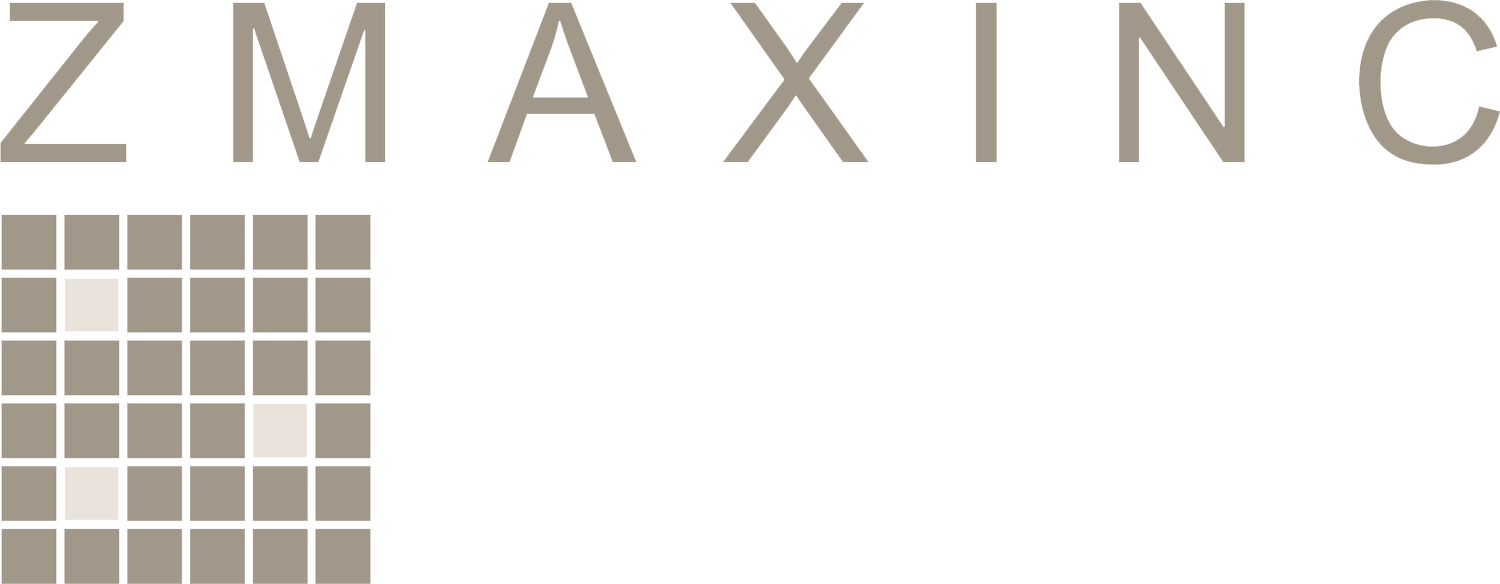Negotiating “Service Level” in Call Center Contracts
First impressions matter. That is why you should pay close attention to the “service level” when negotiating a call center contract.
The service level is calculated as the percentage of calls answered within a set period of time. The industry benchmark for service level is 80% of calls answered within 30 seconds (commonly referred to as “80/30”).
The amount of time a customer spends waiting for you to answer the phone is their first impression of how much you care about them. For example, I recently waited 45 minutes for United Airlines to answer the phone (with no call-back option) when I was trying to locate lost luggage. It was frustrating and I am grateful for this opportunity to give them some bad press about it.
But I know that you would never treat your customer so poorly. That’s why you are taking the time to learn how to negotiate service level in a call center contract.
One reason it is important to focus on service level is that the term is not always clearly defined in contracts. Some call center contracts use the term service level ambiguously and in a manner that could be interpreted to include other metrics such as handle time, abandonment rate, and customer satisfaction. While these metrics are related to each other, they should be kept separate to properly incentivize a healthy service level, thus providing a more positive customer service experience.
When initiating negotiations, you should presume that the call center is planning to provide an 80/30 service level, as explained above. But don’t rest on presumption when it is time to move forward. Make sure the service level is clearly defined in the statement of work before signing it.
Some companies desire higher service levels if they cater to high-end customers. For example, they may want 90% of calls answered within 10 seconds. If this is you, communicate this up front as it will increase the amount of staff and cost required to handle your account and will ultimately increase the price you pay.
If following the 80/30 industry standard is too expensive for you, then you can relax the standard a bit without much harm to customer experience. Many customers don’t mind waiting up to a minute before someone answers the phone. But once you get up to two minutes, customer sentiment will be impacted. And if it gets up to 45 minutes (like United Airlines) then someone like me will be posting about it on social media.
I recommend setting a target of 80/30 and allowing the call center to receive a 1% compensation bonus for each percentage point increase in service level, up to 5%. For example, if the call center hits 85/30, then they should receive a 5% bonus that month. But if the service level drops below 80/30, then the call center should be penalized up to 5% in reduced compensation. So a 75/30 service level would result in 5% less compensation to the call center that month.
This sliding scale can and should be used for other metrics too, such as average handle time and customer satisfaction. This allows for a fluid relationship where compensation is paid in proportion to the quality of the service provided.
It is arguable as to whether the sliding compensation scale should be used for both service level and abandonment rate. Abandonment occurs as a direct result of the wait time. Therefore, using the sliding scale for abandonment may tie too much compensation to the service level. It may be better to just use the abandonment rate as guide for determining the proper service level target.
ZMAXINC helps companies negotiate call center contracts as they choose the best outsource vendor. It is part of the services we provide. Please feel free to contact us if we can be of any assistance.
